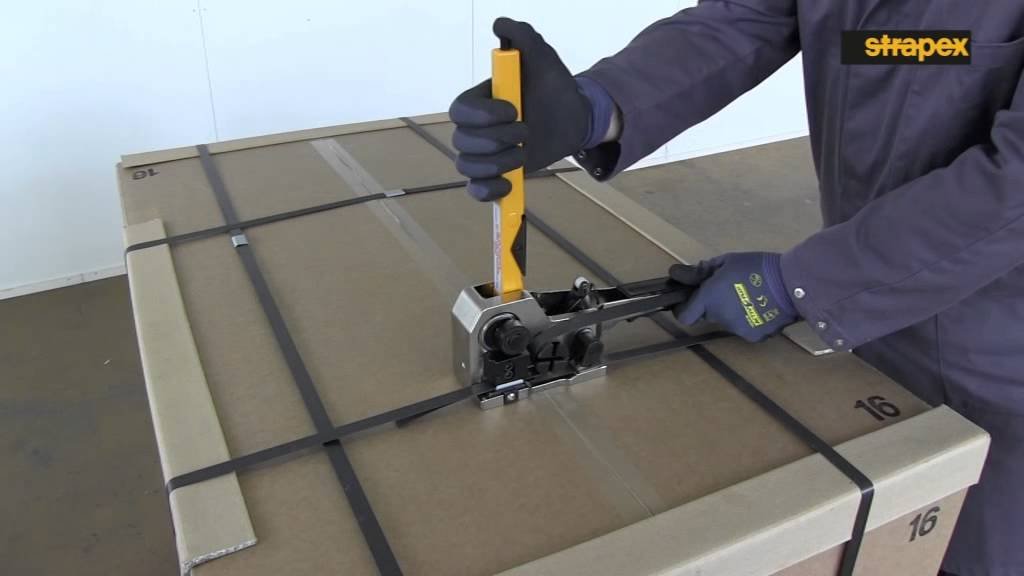Steel strapping is a vital component in the logistics and packaging sectors, providing secure bundling and load stabilization for various industries. While it offers numerous benefits, businesses often seek cost-effective solutions that don’t compromise on quality or safety. Here are some strategies and options to implement cost-effective steel strapping solutions in your operations.
Understanding Your Needs
Before making any purchasing decisions, assess your specific strapping needs:
- Load Type and Weight: Identify the types of products you typically strap. Heavier loads will require thicker, more robust strapping.
- Application Method: Determine whether you need manual or automatic strapping equipment based on your production volume.
- Frequency of Use: Consider how often you will be using steel strapping; this will influence your choice of tools and materials.
Choosing the Right Steel Strapping
The right choice of strapping can significantly impact costs:
- Width and Thickness: Opt for strapping that meets the requirements of your load without being overly robust. For instance, lighter materials may only need 1/2″ wide strapping, while heavier loads might require 3/4″ or 1″ widths.
- Grade of Steel: Use high-quality strapping that balances strength and cost. Mid-grade steel strapping can often provide the durability needed without the expense of heavy-duty options.
- Bulk Purchasing: Buying strapping in bulk can reduce costs. Suppliers often offer discounts for larger orders, so analyze your consumption to take advantage of these savings.
Investing in Efficient Tools
The tools you use can affect both the efficiency and cost of your strapping operations:
- Manual vs. Automatic Tools: While automatic strapping machines can be a significant upfront investment, they often save time and labor costs in high-volume environments. For lower volumes, high-quality manual tools may suffice and be more cost-effective.
- Tensioners and Sealers: Invest in reliable tensioning and sealing tools. A good tensioner ensures proper strap tightness, reducing the likelihood of product damage, while quality sealers maintain strap integrity.
Implementing Best Practices
Adopting best practices can enhance efficiency and reduce waste:
- Training Employees: Ensure your staff is well-trained in strapping techniques to minimize errors and material waste. Regular training sessions can lead to significant long-term savings.
- Standard Operating Procedures (SOPs): Develop SOPs for strapping processes. This helps maintain consistency and efficiency, reducing the likelihood of damage to products.
- Regular Maintenance: Maintain your strapping equipment regularly to prevent breakdowns and costly repairs. A well-maintained tool lasts longer and performs better.
Exploring Alternative Solutions
Consider alternative materials or methods to reduce costs:
- Composite Strapping: In some cases, composite strapping can be a lower-cost alternative to steel. It offers good strength and is less likely to cause injury during handling.
- Plastic Strapping: For lighter loads, pallet wrapping may be a more economical choice. While it may not provide the same level of strength as steel, it can be effective for less demanding applications.
Analyzing Supplier Options
Finding the right supplier can lead to significant cost savings:
- Compare Suppliers: Shop around and compare prices from various suppliers. Consider factors like delivery times, customer service, and return policies in addition to pricing.
- Negotiate Contracts: If you have a steady volume of purchases, don’t hesitate to negotiate contracts with suppliers for better pricing or terms.
- Supplier Relationships: Establishing long-term relationships with suppliers can lead to loyalty discounts and better service.
Monitoring and Adjusting Usage
Regularly review your strapping practices to identify areas for improvement:
- Track Usage: Monitor your strapping material usage to identify patterns or inefficiencies. This helps you adjust your purchasing and usage strategies accordingly.
- Inventory Management: Implement effective inventory management practices to prevent overstocking or stockouts, both of which can increase costs.
Sustainability Considerations
While focusing on cost, also consider the environmental impact of your strapping materials:
- Recyclable Materials: Choose strapping that can be recycled, contributing to sustainability goals and potentially lowering disposal costs.
- Eco-Friendly Practices: Implement eco-friendly practices in your packaging processes. This can enhance your brand image and attract environmentally conscious customers.
Conclusion
Implementing cost-effective steel strapping solutions requires a multifaceted approach, from choosing the right materials and tools to adopting best practices and building strong supplier relationships.
By carefully assessing your needs and regularly monitoring your strapping processes, you can achieve significant savings while maintaining high standards of safety and product integrity.
In a competitive marketplace, investing in efficient and economical strapping solutions will not only help reduce costs but also enhance your overall operational efficiency.
